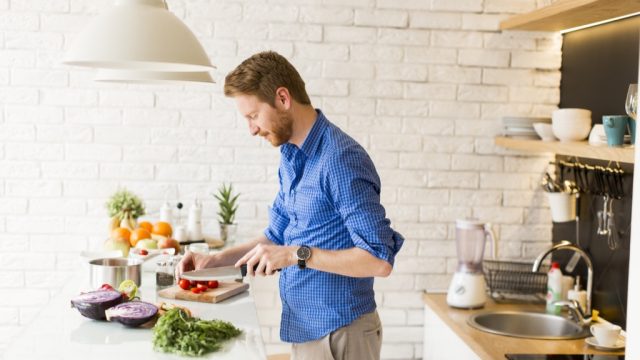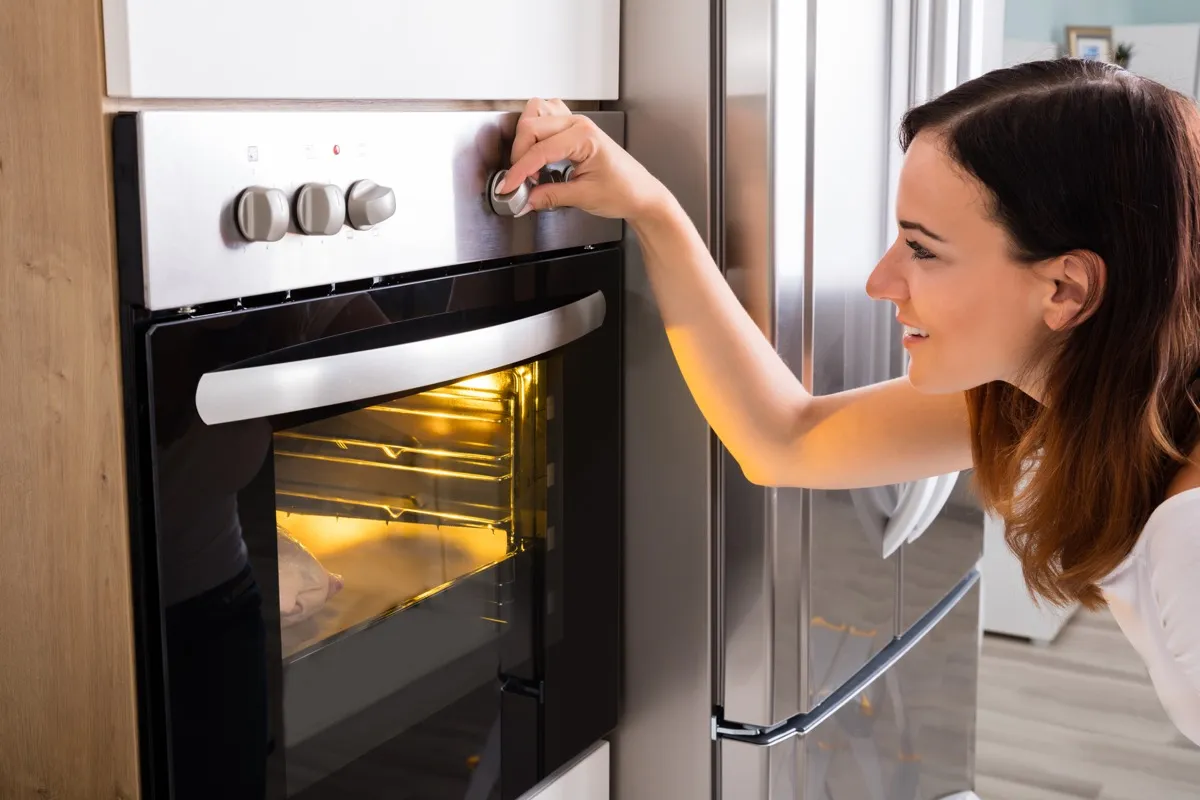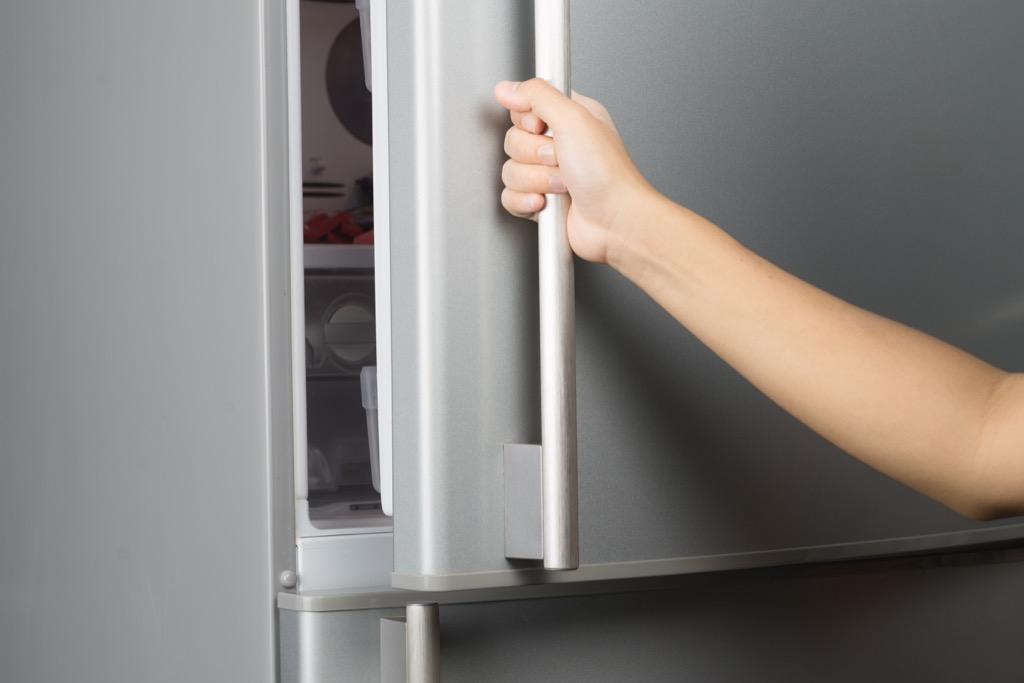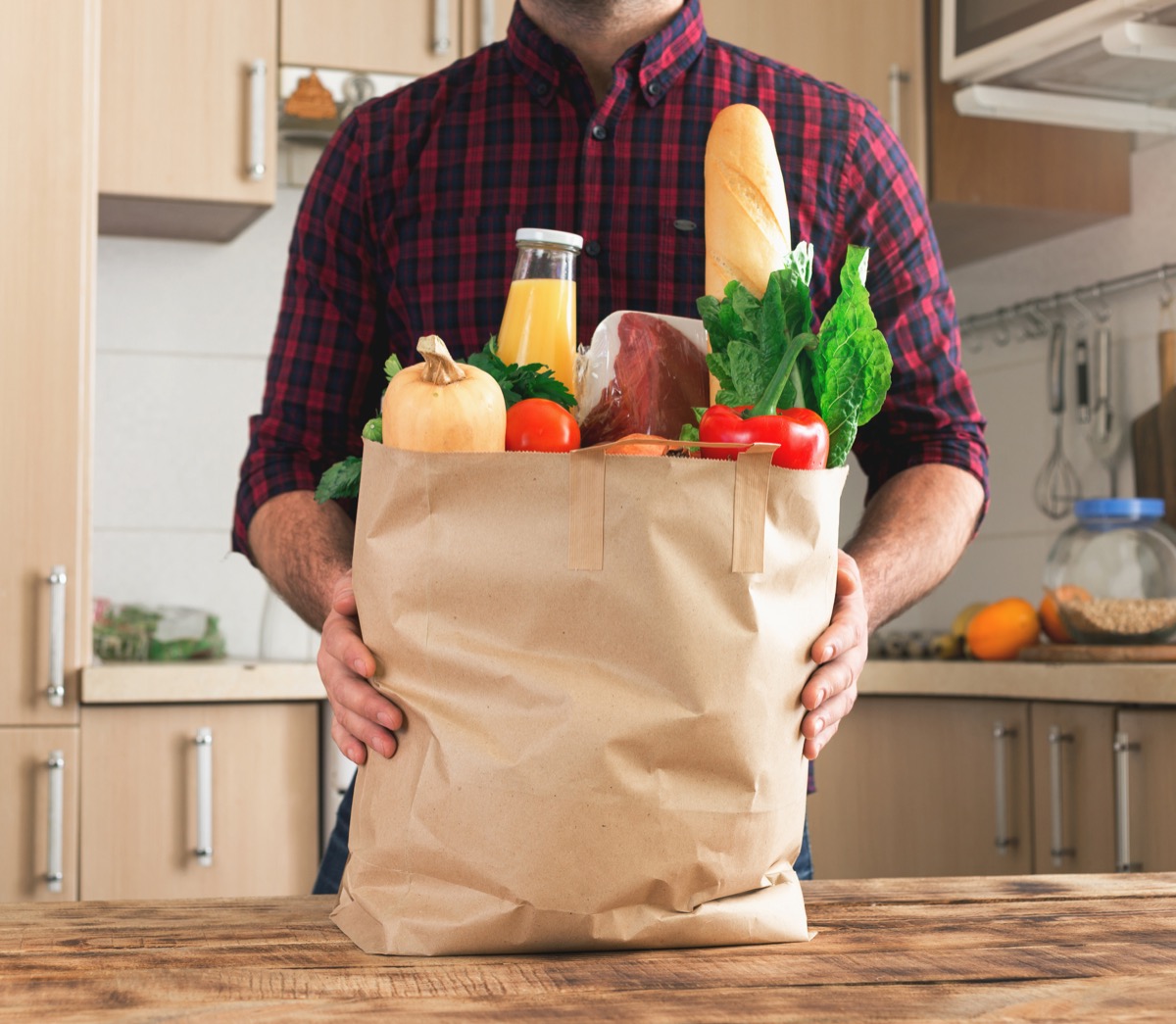Never Eat Leftovers That’ve Been in the Fridge This Long, Experts Warn

Leftovers are a gamble. They can either simplify your week with an encore meal at the ready, or dwindle in the deep recesses of your refrigerator, destined to wind up in the waste bin. The key is planning ahead so that you return to your reserves with ample time before they spoil—and that requires knowing exactly how long they’ll last. Thankfully, both the U.S. Department of Agriculture (USDA) and the Mayo Clinic have some insights to demystify your meal planning. Read on to find out how long you can safely leave leftovers, and to find out what dangers may be lurking in your fridge, The FDA Just Issued a Salmonella Warning for This Popular Grocery Item.

According to a statement from the USDA, the safe window for cooked leftovers is relatively short. “Leftover cooked food may be stored in the refrigerator for up to three to four days. During this time, you can reheat the leftovers to 165 degrees Fahrenheit,” they explain. “Be sure to return any unused portion to the refrigerator within two hours to remain safe,” the agricultural authority advises. And for more health and safety news delivered straight to your inbox, sign up for our daily newsletter.

As the USDA points out, you can extend the life of your leftovers by reheating them. “After each reheating, leftovers will be safe in the fridge for an additional three to four days,” their experts explain.
However, they also caution that while re-cooking the meal will kill any growing bacteria, the nutritional quality of your meal will decrease each time food is reheated. For this reason, they say “it is best to reheat only the amount needed.” And if you want to keep your kitchen safe, This Popular Sausage Should Be Thrown Away Immediately, USDA Says.

If you know you won’t return to your leftovers within the safe window of three to four days, you should put them away in the freezer rather than the fridge, the USDA says. “Leftovers are safe in the freezer indefinitely, but they are at best quality for a few months,” they explain.
Rather than putting hot leftovers directly into the freezer or letting them sit on the counter to cool, use your refrigerator to safely bring down the temperature before freezing. Make sure you enclose your meal in an airtight container to avoid freezer burn, and put the highest-risk leftovers, like meat-based dishes, toward the back of the fridge, where temperatures are consistently coolest.

As the Mayo Clinic points out, your goal in preserving uneaten food should always be to avoid the “danger zone.” This is classified as any time your food sits at a temperature between 40 and 140 degrees Fahrenheit, a range that can cause bacteria to multiply rapidly.
Food can enter the danger zone before it’s stored, but it can also happen during the process of defrosting. That’s why, rather than leaving food on the counter to slowly thaw, experts say you should always defrost leftovers—especially anything with meat or dairy—in the refrigerator to maintain safe temperatures. The Mayo Clinic says you can re-heat food by baking, microwaving, or grilling it, but be sure to skip the slow cooker, which may not get internal temperatures high enough to kill off bacteria. And for more ways to keep your kitchen safe, If You Have These Seasonings at Home, Get Rid of Them, USDA Says.